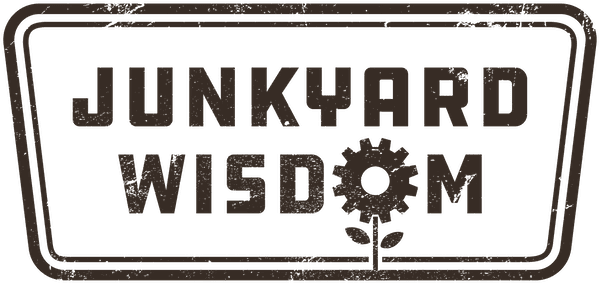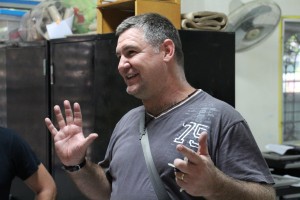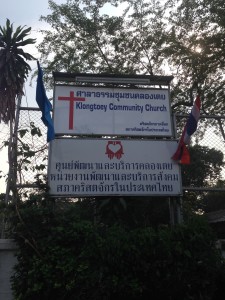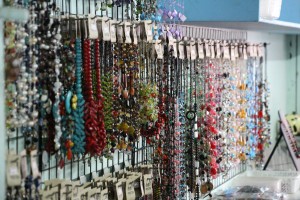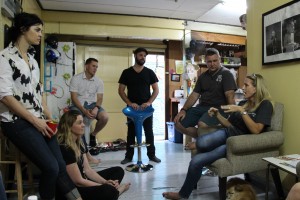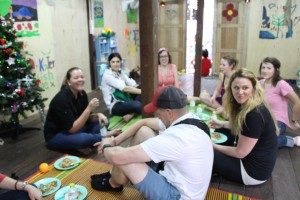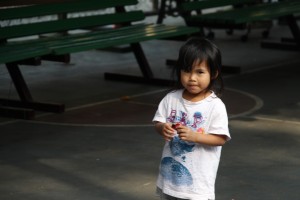“Poverty is the trafficker,” said my daughter. With those words all of us on The SOLD Project Activist Vision Trip saw the many threads of human trafficking weave together into an abhorrent evil of economic injustice.
We were in Lok 3 of the Klong Toey Slum of Bangkok when Rachel uttered those words. I won’t forget the moment.
Bangkok is a wealthy global city. But wherever wealth and poverty coexist you will find exploitation. Place the extremely rich in the same region as the extremely poor and the exploitation is mind boggling. Such is Thailand and a host of other countries. One result are slums like Klong Toey.
But understanding aside, how did I find myself in the center of Klong Toey, one of the dirtiest and ugliest slums in the world?
It started with a text message from my daughter, “Fantastic change of plans. We’re getting a tour of the slum community today.”
Um, so no touristy river cruise I guess.
But then that’s my daughter, or my son for that matter. It’s how D’Aun and I raised them, as my mother continually points out. And I’m proud of them. Though wandering around in a developing world slum isn’t exactly my idea of a fun afternoon.
To my surprise, it actually was a fun afternoon. And ironically it began in a mall at a McDonald’s. That’s where we met Ash Barker, a burly Australian who has lived in Lok 3 for 12-years with his wife Anji. They serve the poor through a variety of programs which you can read about here.
Ash and Anji apply a blend of street smarts and intellectual gravitas to the tragic circumstances of Lok 3. They have seen much sadness, despair and loss. But they persevere and keep doing great things.
Ash loaded us into a tuk-tuk for the short drive to Lok 3. Here we toured the Klongtoy Community Church. From this facility emanate micro-enterprise programs, youth soccer leagues, programs for children, church services, and a host of events.
We then weaved through the confusing narrow corridors of Klong Toey to the Barker’s home. Anji joined us and we heard about the tragedy of poverty and the impact it has on families, behaviors, and hope. It would have all been a bit depressing had it not been for the Aussie humor interspersed with the stories.
Another walk led us to a 3-story building. A colleague of the Barkers resides here with volunteers, but the ground floor is set up as a multi-purpose room with a small kitchen. Some of our group joined in to cook a unique Thai meal, then we gathered to eat and talk.
Carter, a young woman and colleague of the Barkers, spoke about her time working with the human trafficking division of the Bangkok Police Department. There are so many factors that contribute to the problem: exploitation of the poor, the demand for prostitution, religious and social norms, corruption.
In the midst of this Rachel said, “Poverty is the trafficker.”
That’s why prevention is so important. We could send a thousand Ash and Anji’s into Klong Toey (and I wish we would), but that would only address the suffering. It won’t fix the problem. Solutions have to start at the source of economic need. And that source is often in the rural regions of countries like Thailand, where young girls and boys are enticed by the stories of jobs and opportunity, only to be coerced into sexual slavery or forced labor.
Prevention is what works. It gets to the heart of the issue.
From the rural house churches of Myanmar to the slums of Bangkok is not as far as you might think. Sadly, far too many people make that journey.
They are often children.
Poverty is the trafficker.
So what do we do about it? In the next few days two more posts will look at a couple of options. I think you’ll know which one I think works best when you read them.
